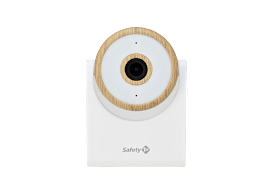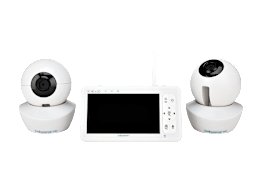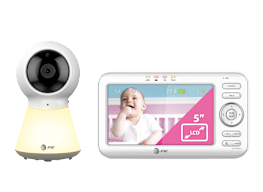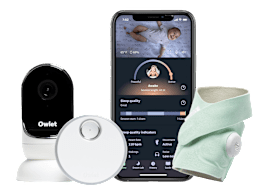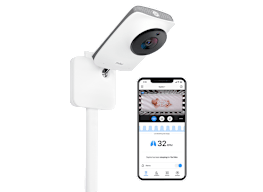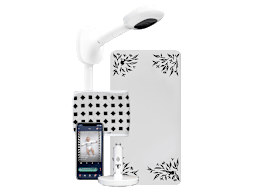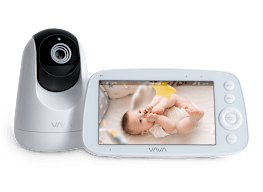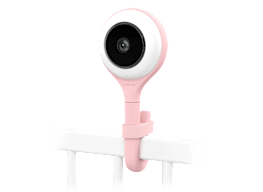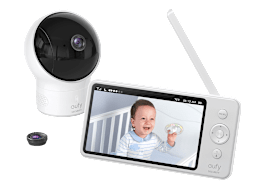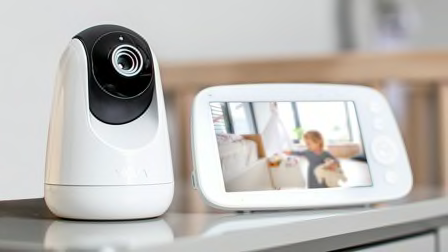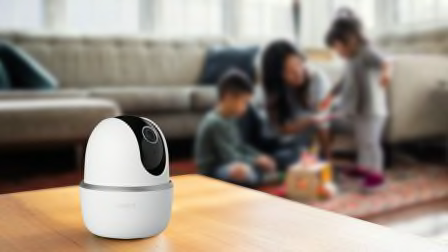Best Baby Monitors of 2024
We tested models from Nanit, Owlet, Vava, VTech, and other top brands. Here are the ones that do best on ease of use, privacy, and security.
When you shop through retailer links on our site, we may earn affiliate commissions. 100% of the fees we collect are used to support our nonprofit mission. Learn more.

Raising a child is a 24-hour-a-day job and, as most new parents quickly realize, you’re still on duty even when your infant is asleep. That’s where a baby monitor can help, allowing you or a caregiver to unobtrusively keep tabs on a little one who is sleeping—without having to tiptoe up to the bedroom door.
Consumer Reports has tested 14 of the most popular monitors on the market, from Eufy, Microsoft, Owlet, Vava, VTech, and other popular brands. They range in price from roughly $40 to more than $400, but our testers find little correlation between cost and performance. You can get a solid pick for under $100.
Nearly all baby monitors have a camera and microphone that stay in the baby’s room. (There’s just one audio-only model in our baby monitor ratings.) Many also let you talk to the child or even play a soothing lullaby through the monitor. If you have more than one small child, you can buy a second camera and monitor both feeds on the same screen. And monitors with an infrared function allow you to watch the baby, albeit in black and white, even when the room is dark.
















